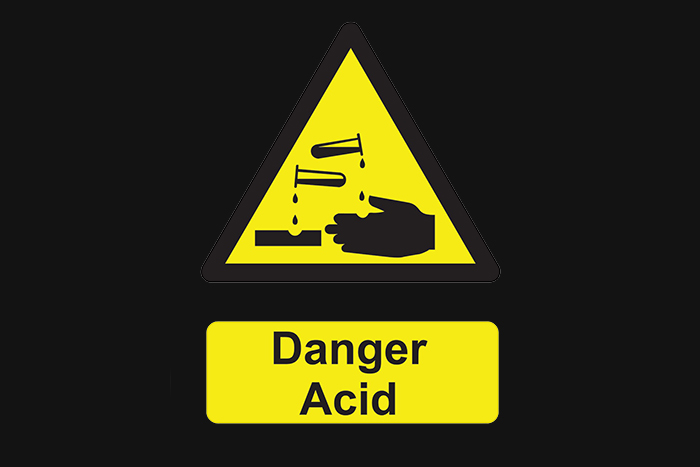
“I urge, then, first of all, that petitions, prayers, intercession and thanksgiving be made for all people” (1 Tim. 2: 1).
Following the Apostle’s precept, the Orthodox worship consists of many liturgical elements, such as psalms, praises, various chants, petitions, and prayers. All of that is our “standing before the Lord”, one great conciliar prayer of God’s people. Along with all these prayer invocations, there is an element that is actually called a prayer (Latin oratio), usually preceded by the deacon’s exclamation “Let us pray to the Lord”. However, if we look at the order of Matins service and other services, we will see a familiar, yet, in fact, a strange thing: there is a deacon’s call to prayer, followed by a brief acclamation of the congregation “Lord have mercy”, but there is no prayer itself. Instead of it, we hear only its doxological ending – “for Yours is the Kingdom…” “Where did the actual prayer go?” seems to be a valid question since prayer is the most important part of the service.
Vespers at St. Sofia
The answer lies in the history and gradual development of the Orthodox worship. In antiquity, Vespers and Matins in the Church of Constantinople, the cradle of the Russian liturgical tradition, differed significantly from the modern Rule. Vespers was called το λυχνικόν (Greek luminous), because it was sung in the evening, when the ceremony of bringing in the lamp was performed. That rite was adopted by Christians from the ancient Old Testament worship and was very important in the eyes of the church because bringing in the evening lamp reminded the faithful of Christ, the Light of the world coming at the end of time (John 8:12). The lighting of the lamp was accompanied by offering the lamplighting prayers, which constituted the core of the entire service. From the manuscripts of the ancient Euchologia (collections of prayers and orders for church Sacraments), we know that the lamplighting prayers of both Vespers and Matins were an important part of the conciliar worship of Hagia Sophia. These prayers were allocated throughout the service with each prayer related to a specific antiphon, accompanied by a litany. That is a classic liturgical scheme, which we can observe not only in Byzantine but also in other rites, for example, Ambrosian.
Vespers in Constantinople consisted of eight prayers offered in the narthex after the antiphons. The eighth antiphon was the last, after which the entrance to the central part of the temple was performed making the eighth prayer also the entrance prayer. The three psalms read after that (9,10,11 antiphons) served as the central part of the Vespers. They were also accompanied by a prayer and followed by the prayer of the catechumens and two prayers of the faithful. Vespers ended with a prayer of obeisance and a prayer of dismissal (Arranz, How the Ancient Byzantians Prayed to God). As you can see, Vespers consisted of the Old Testament part in the form of psalms, which were, in a way, sealed with Christian petitions and prayers. The same principle was applied in Matins.
Synthesis of Church Constitutions
Everything changed, however, when for a number of reasons the church gradually began to switch to the Palestinian ecclesiastical rules, which were significantly different from such of Constantinople. In the course of the synthesis of the two church constitutions, there was an attempt to adapt the prayers of the Synodical Euchology to the service performed according to the Palestinian Book of Hours. However, due to the fact that these prayers did not have their native positions for which they were intended, gradually they were moved to the beginning of the service, where they are present to this day, being offered alongside the reading of the 103rd psalm at Vespers and the Six Psalms at Matins, respectively. We can however still trace the adaptation of the Hagia Sophia rite prayers to the Jerusalem worship. For example, if we look at the exclamations during the service and compare them with the doxological part of the lamplighting prayers, we will notice that they coincide. A good example of that is the 10th lamplighting prayer of Matins, whose exclamation coincides with the exclamation of the litany “God save thy people,” proclaimed after the reading of the 50th psalm. Moreover, that prayer is a paraphrase of the 50th psalm (see the order of service for Matins) or, more precisely the 50th psalm is that prayer’s antiphon.
What conclusion can we draw? If it is clear where the prayers have disappeared from Vespers and Matins, then perhaps there is a point in returning them to a more becoming place? It is, certainly, a pity that the modern practice of reading all prayers silently by a priest deprives the faithful of their content (at that time the entire community hears either Psalm 103 of Vespers or the Six Psalms). Some may argue that lamplighting prayers are “secret”, but this is not so. Many lamplighting prayers by their nature are no different from similar Evening and Morning prayers read by laypeople and printed in prayer-books. Moreover, some editions of the Psalter include many lamplighting prayers usually printed after the kathisma. Pronouncing prayers in the appropriate places of the service would not make it much longer. This issue can be studied by a liturgical commission, competent to re-incorporate these prayers into the service if found expedient and useful from the pastoral viewpoint. Perhaps doing so will make the existing exclamations more meaningful and allow the faithful to participate more fully in the service.




